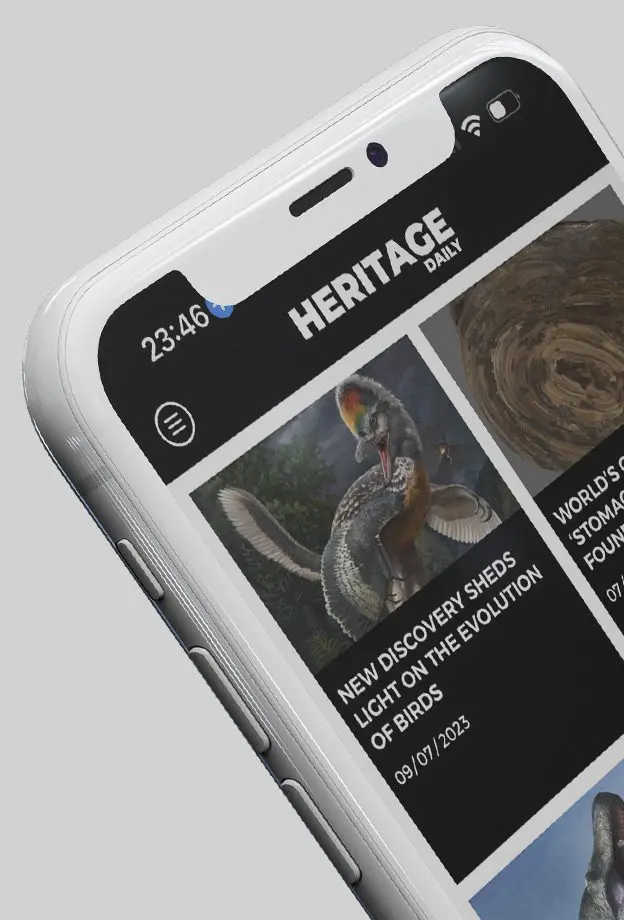Our Company
HeritageDaily LTD - Suite/Unit 40 17 Holywell Hill, St Albans, Herts, United Kingdom, AL1 1DT
Latest News
10,000-year-old human face reliefs found at Sefertepe
Achaeologists in southeastern Türkiye have uncovered two human face reliefs believed to be more than 10,000 years old, offering rare new insights into artistic expression during the Neolithic period.
Archaic-Era tomb contains elaborate bronze diadem
Excavations by the Ephorate of Antiquities of Phthiotis and Evrytania have made the remarkable discovery of an Archaic-Era tomb containing the remains of a woman buried with an elaborate bronze diadem.
Archaeologists open 5,000-year-old Begazi–Dandibay tomb
Archaeologists in Kazakhstan have announced the discovery of an exceptionally well-preserved tomb attributed to the Begazi–Dandibay, a late Bronze Age culture known for constructing megalithic mausolea.
Receding waters reveals submerged ancient ruins
Receding waters at Lake Sapanca in Turkey have revealed an ancient structure with mosaic flooring.
Archaeologists stunned by treasure-laden Roman pyre burial
Archaeologists in southwestern France have uncovered a Roman pyre burial containing an assemblage of high-status grave goods, offering rare insights on the region’s Imperial-era elite.
Popular News
The mystery of Tutankhamun’s meteoric iron dagger
In 1922, Egyptian excavators led by Howard Carter discovered the tomb of Tutankhamun, an Egyptian pharaoh who was the last of his royal family to rule during the end of the 18th Dynasty.
Legio V Macedonica – The Last Roman Legion
Throughout the history of the Roman Empire, countless legions were raised and disbanded, but one legion endured the entirety, remaining in service to the Roman Empire and the Byzantine Empire, and marching on into the Middle Ages - The Legio V Macedonica.
Atlantis – The story behind the legend
Atlantis has become a taboo subject in many scholarly circles, often branded in pseudo-science and invented interpretations from Plato’s dialogues.
The Immortal Armour of China’s Jade Burial Suits
The Jade burial suits are hand-crafted jade suits from the Han Dynasty of China, used for the ceremonial burials of China’s elite and members of the ruling class.
The Pleasure Villa of Emperor Tiberius
The Villa of Tiberius is a Roman villa complex in the present-day town of Sperlonga, located on the western coast of Italy in the province of Latina.
© 2024 - HERITAGEDAILY LTD

